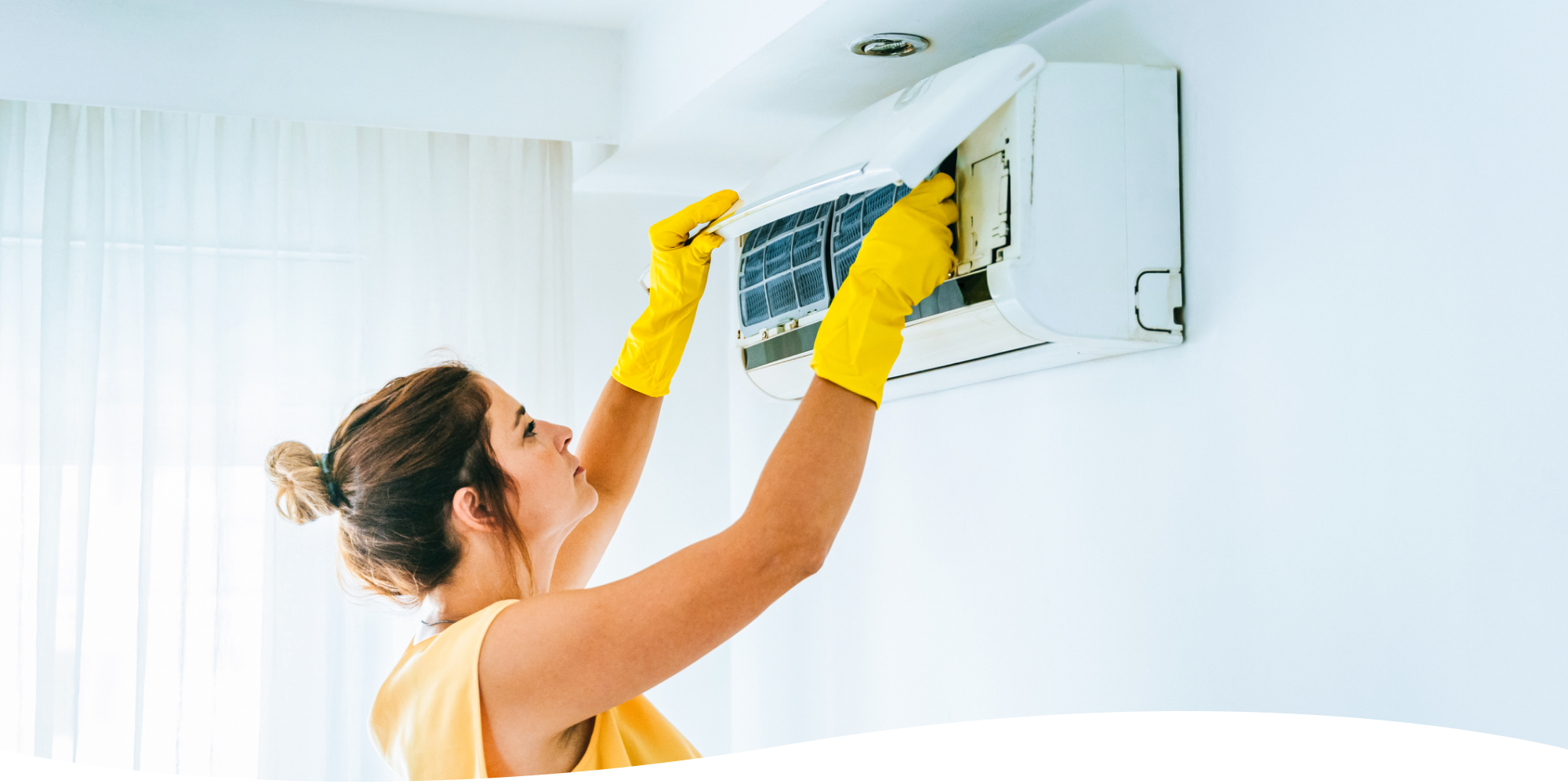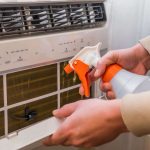Learn how to clean your AC unit at home with this easy, step-by-step guide. Improve efficiency, save money, and keep your air conditioner running smoothly.

Why Cleaning Your AC Unit Matters
Your air conditioner works hard to keep your home cool and comfortable — especially during hot summer months. But over time, dust, dirt, and debris can build up in the system, reducing efficiency, increasing energy bills, and even shortening the lifespan of your AC.
The good news? You don’t always need to hire a technician. With a little time and some basic tools, cleaning your AC unit at home is a simple DIY task that can make a big difference.
Tools & Materials You’ll Need
Before you start, gather the following items:
-
Screwdriver
-
Soft brush or cloth
-
Garden hose with a spray nozzle
-
Vacuum cleaner with brush attachment
-
Coil cleaner (available at most hardware stores)
-
Fin comb (optional)
-
Gloves and safety goggles (recommended)

Step-by-Step Guide to Cleaning Your AC Unit
1. Turn Off the Power
Before doing anything, turn off the power to your air conditioner. You can do this at the thermostat and also switch off the breaker for extra safety.
2. Clean or Replace the Air Filter
Dirty air filters restrict airflow and reduce efficiency. Locate your AC filter (usually inside the indoor unit or return air vent), remove it, and:
-
Vacuum or wash it if reusable
-
Replace it if it’s disposable or damaged
Tip: Clean or replace filters every 1–2 months during peak usage.
3. Clean the Outdoor Condenser Unit
Remove Debris
Clear leaves, twigs, and dirt from around the unit. Trim nearby vegetation to allow at least 2 feet of clearance.
Open the Unit
Use a screwdriver to remove the top and side panels. Carefully lift the fan out if needed (without pulling wires too tightly).
Clean the Fins and Coils
-
Use a vacuum with a soft brush to remove surface dust.
-
Spray coil cleaner directly onto the coils and let it sit for 10–15 minutes.
-
Gently rinse with a garden hose (low pressure only!). Spray from the inside out.
Optional: Use a fin comb to straighten any bent fins for better airflow.

4. Clean the Condensate Drain Line
A clogged drain line can cause leaks or mold. Locate the PVC pipe (usually near the indoor unit), and:
-
Flush it with a cup of white vinegar or bleach
-
Follow with water to clear out residue
5. Reassemble and Restore Power
Once everything is clean and dry, reattach the panels, secure the fan, and turn the power back on. Run the unit to ensure it’s operating smoothly.
How Often Should You Clean Your AC Unit?
-
Filters: Every 1–2 months
-
Outdoor Unit: At least once per year (ideally before summer)
-
Drain Line: Every 3–6 months
-
Professional Maintenance: Once a year
Benefits of Cleaning Your AC Unit
✅ Improves cooling performance
✅ Reduces energy bills
✅ Extends the lifespan of the unit
✅ Improves indoor air quality
✅ Prevents costly breakdowns
When to Call a Professional
While regular cleaning can be done at home, professional servicing is recommended at least once a year. If your unit is still underperforming, leaking, or making strange noises after cleaning, contact a licensed HVAC technician.
Final Thoughts
Learning how to clean your AC unit at home is one of the best ways to keep it running efficiently and avoid unnecessary repairs. With just a little time and effort, you can enjoy cooler air, lower bills, and a healthier home environment.

Need help with a stubborn AC problem?
Contact our professional air conditioner repair team for fast, affordable service — we’re here to keep you cool!





